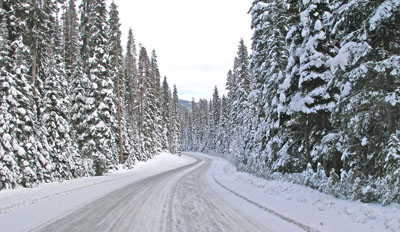Winter Driving
By BD In Driving On October 3, 2014
Winter Driving Hazards

The following should be checked regularly
- Battery/electrics Antifreeze Lights Tyres Antifreeze Battery/electric
- Driving in darker hours can put extra pressure on the battery of the car, due to the use of the of lights, heaters and windscreen wipers.
- Remember to replace batteries on time before you end up broken down on the side of the road. Batteries usually last only 5 years.
- Switch the rear heater off once it has cleared the window. If the car is out of use at weekend for exam, remember to let it tick over for a short amount of time to help the battery.
- Remember to turn off rear screen heaters and wipers for example when starting up the car.
- Antifreeze is very inexpensive, but a damaged engine will cost much more.
- Check that your tyres are in good condition, and have the correct pressure and tread depth. At least 3mm of tread is recommended for winter motoring, and definitely not less than 2mm.
- Do not reduce the pressure in your tyres to get more grip it will not work, and will reduce stability.
- Make sure that you know how to change a tyre if necessary and that you have a a working jack and wheel brace. Safety advice for driving during bad weather It is not possible to avoid driving in bad weather at times. It is vital to leave yourself enough time to get to your destination, and to slow down Remember to keep a safe distance from the vehicle in front of you. Avoiding skids Always be on the look out for areas where you could skid. Black ice is one of the most dangerous areas on very cold days. Wet leaves and shaded areas are also hazardous. Reduce speed once you see an area where you could skid. Three options if you find yourself skidding.
- Do not brake. If you already have released the brakes immediately, then brake again, faster but more gently.
- Do not take your foot off the accelerator, but reduce it.
- Use the highest gears and a you brake gently, it is important to move down the gears to get to a gradual halt. Driving in fog It is very important to use your dipped headlights. Keep a safe distance away from the car in front of you. If you can see the rear lights of the car in front of you, this is a sign that you are too close. It is important not to be rushing whilst driving in fog.
